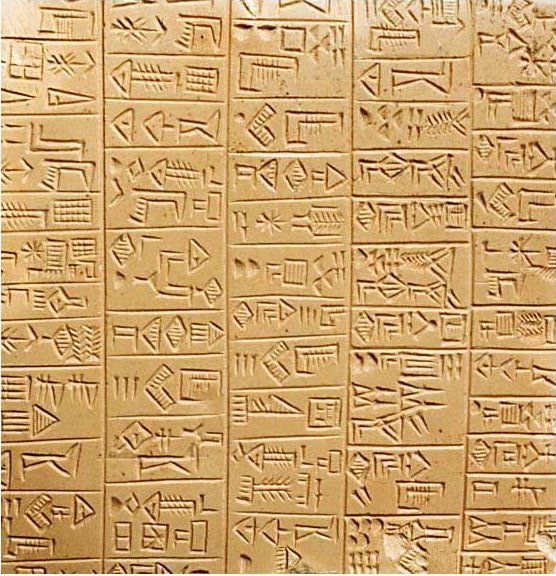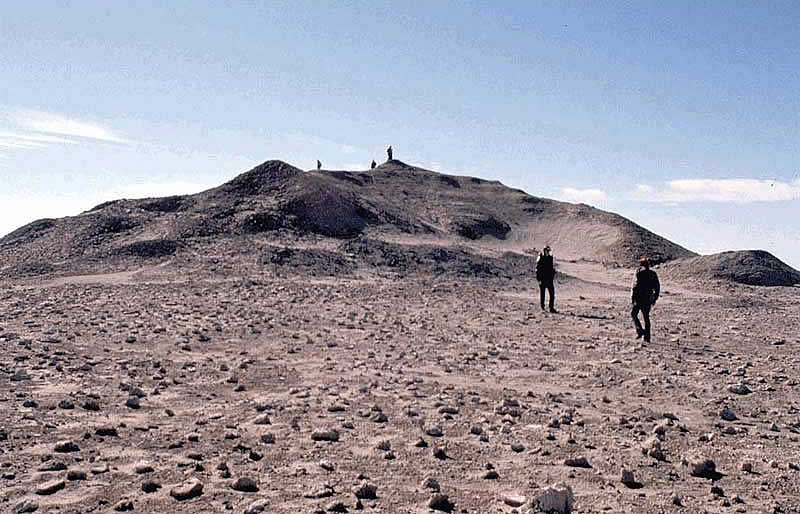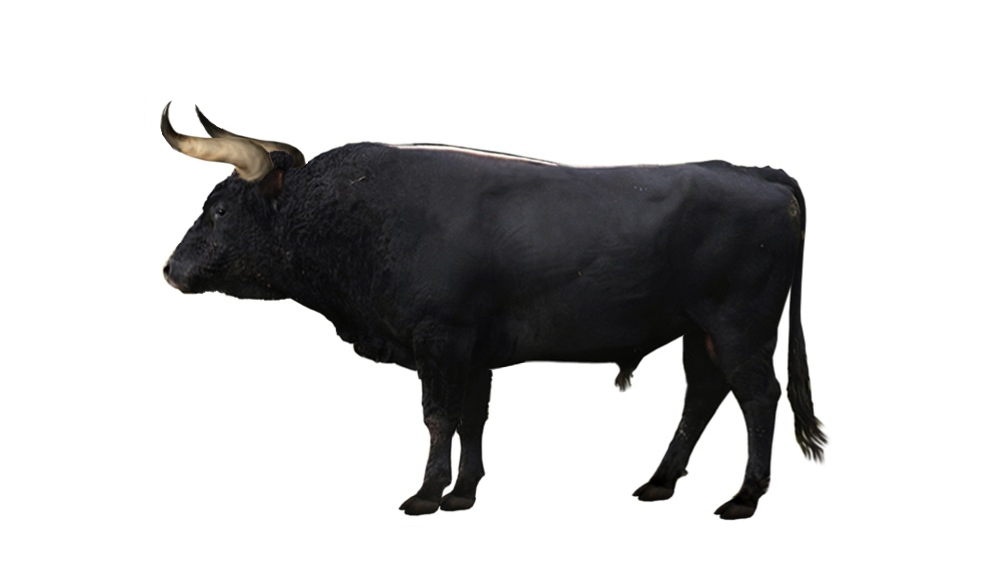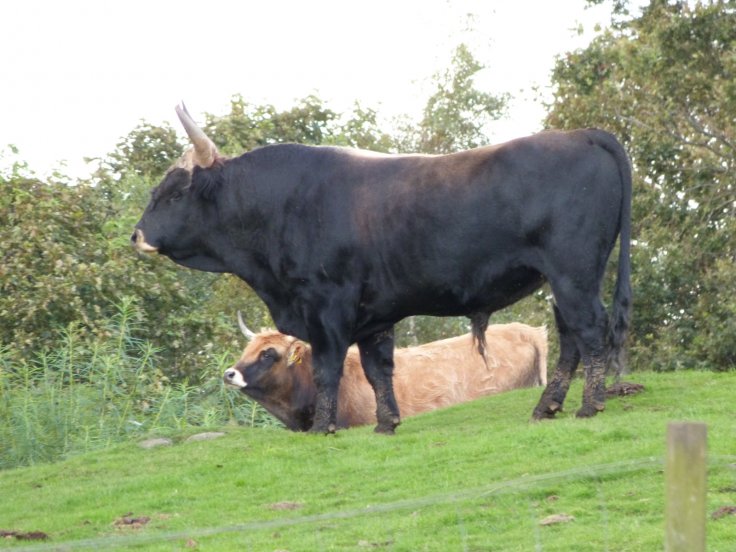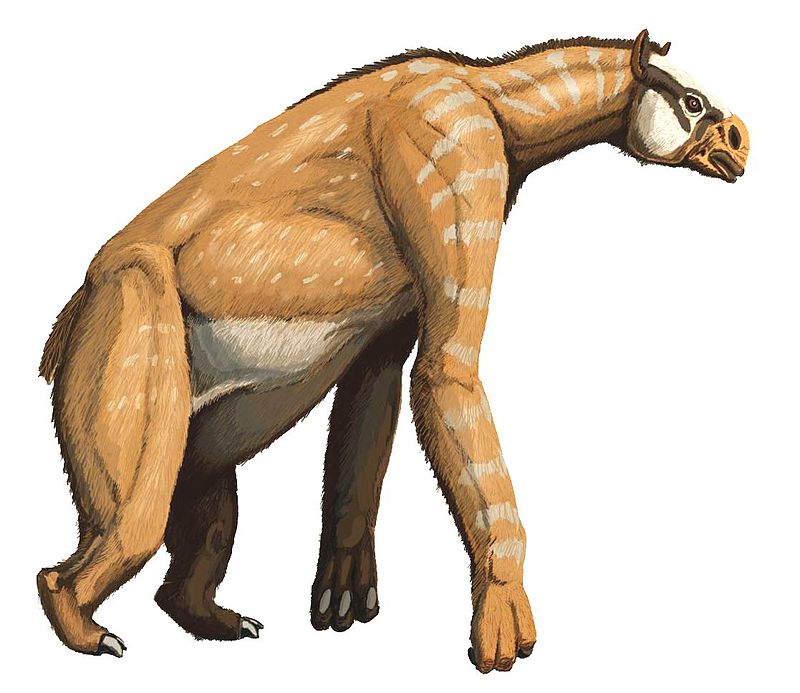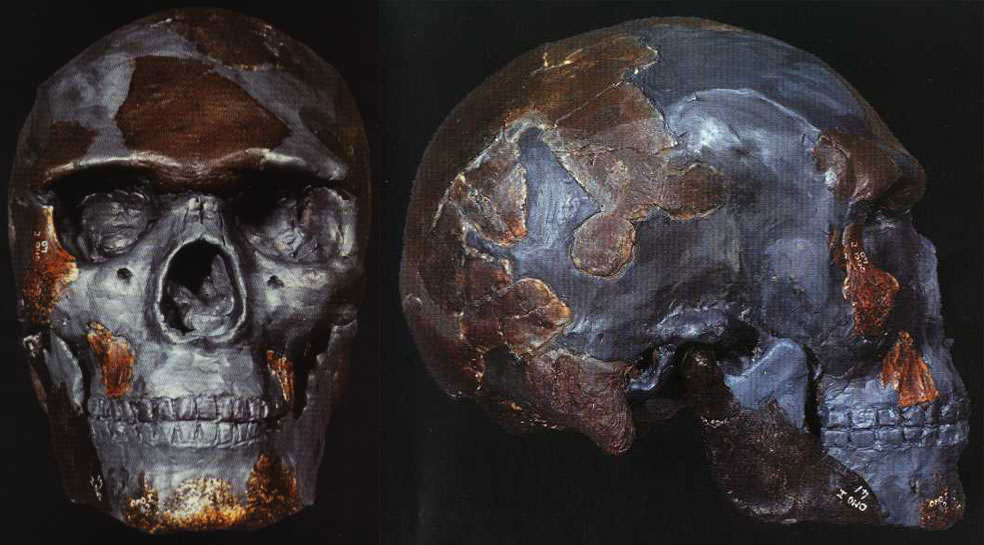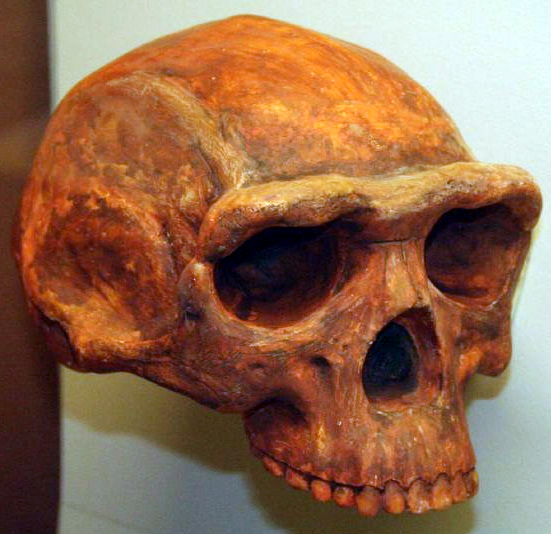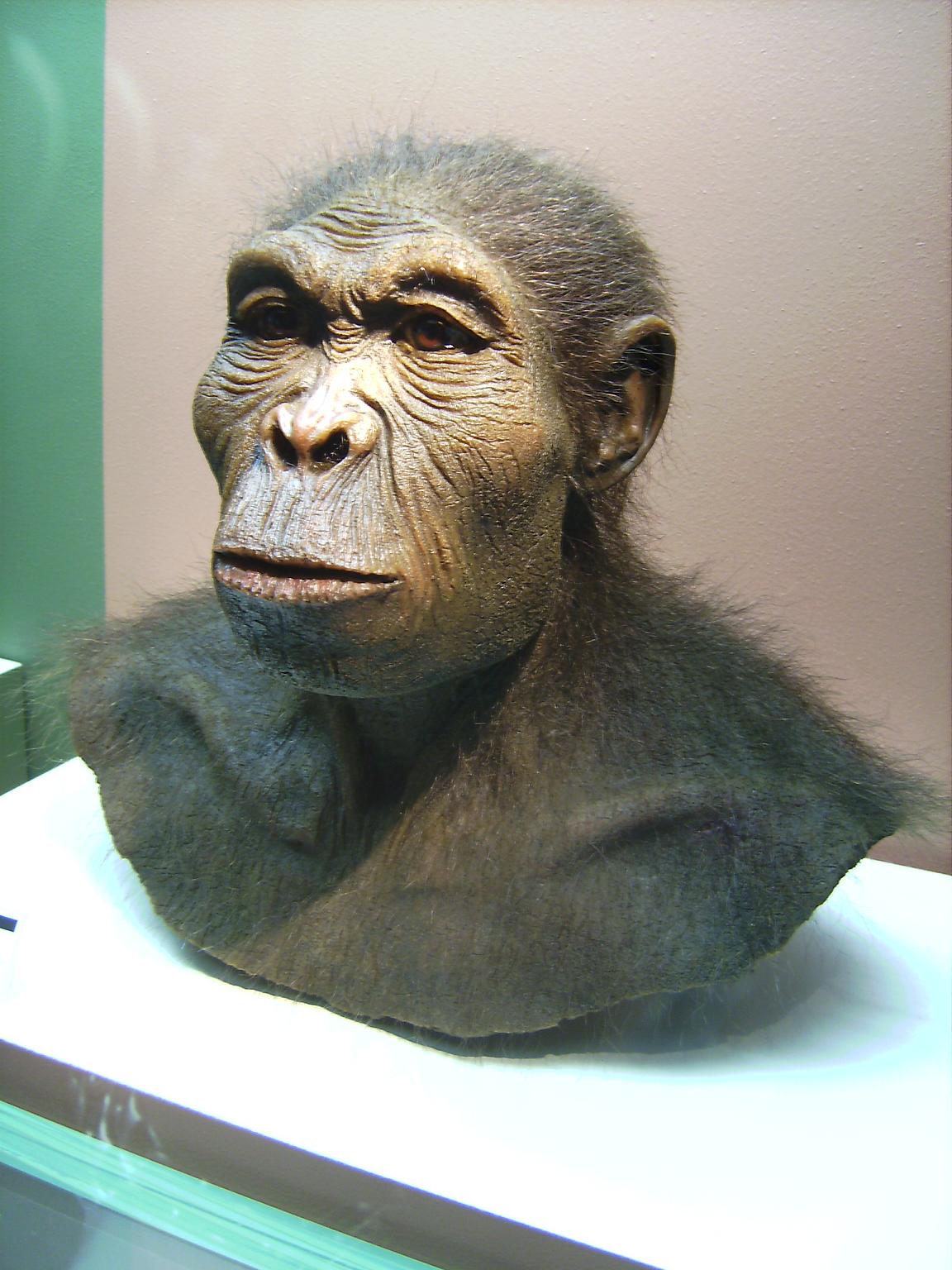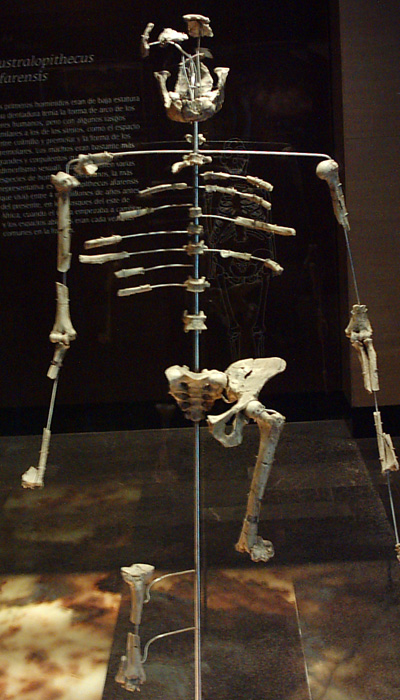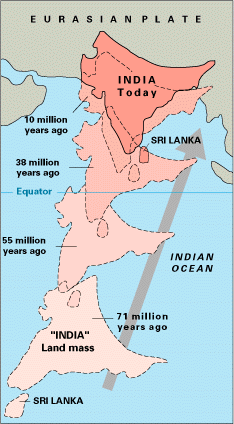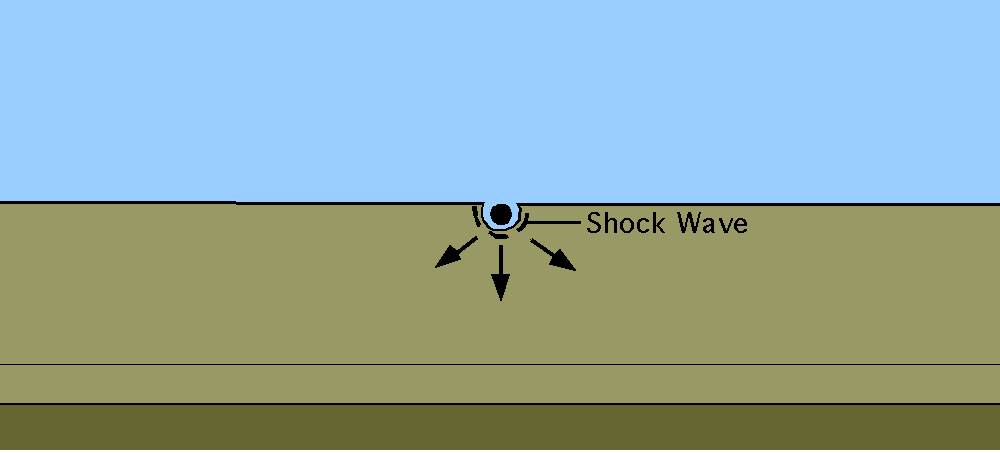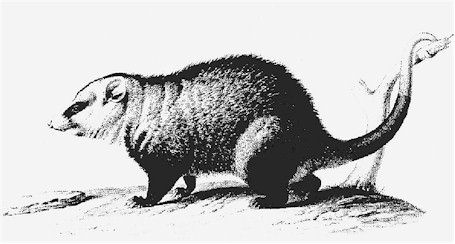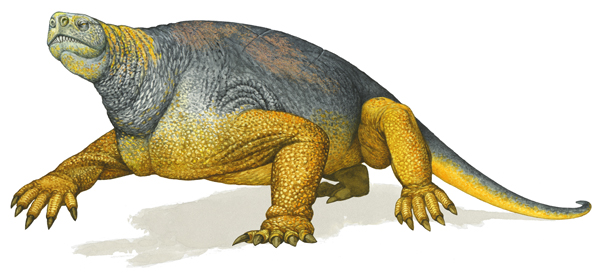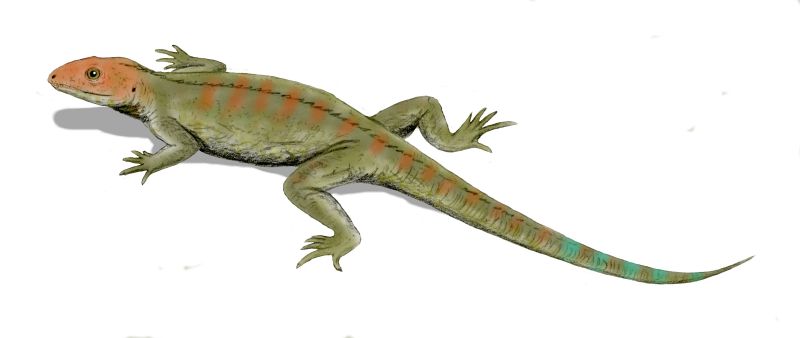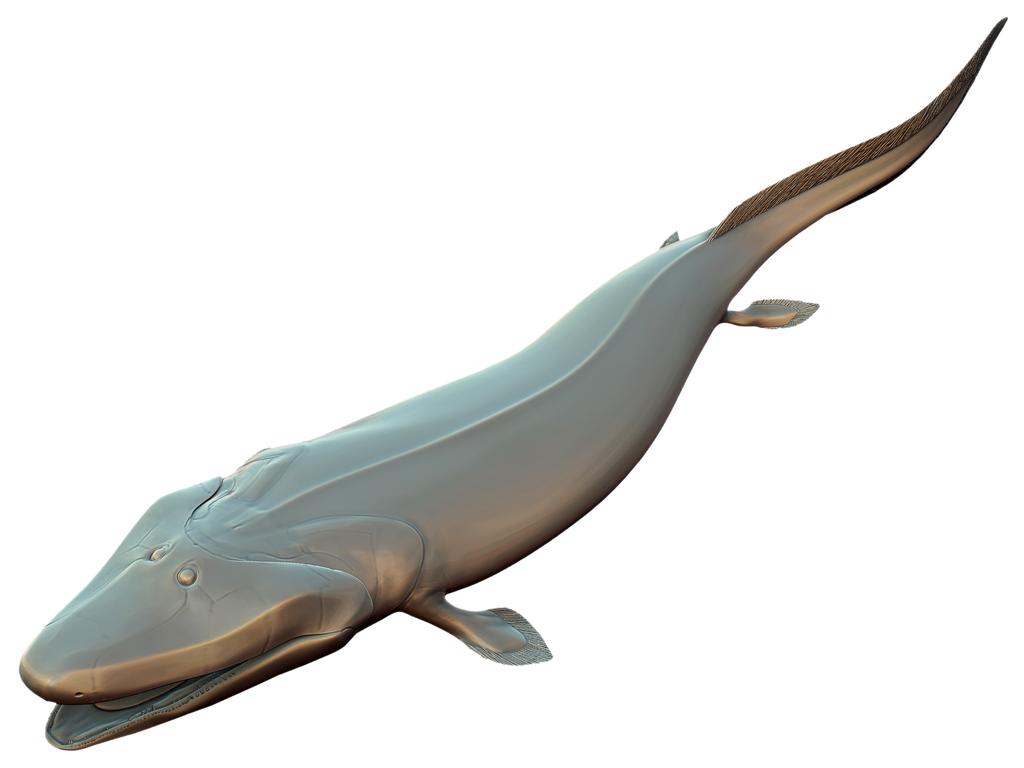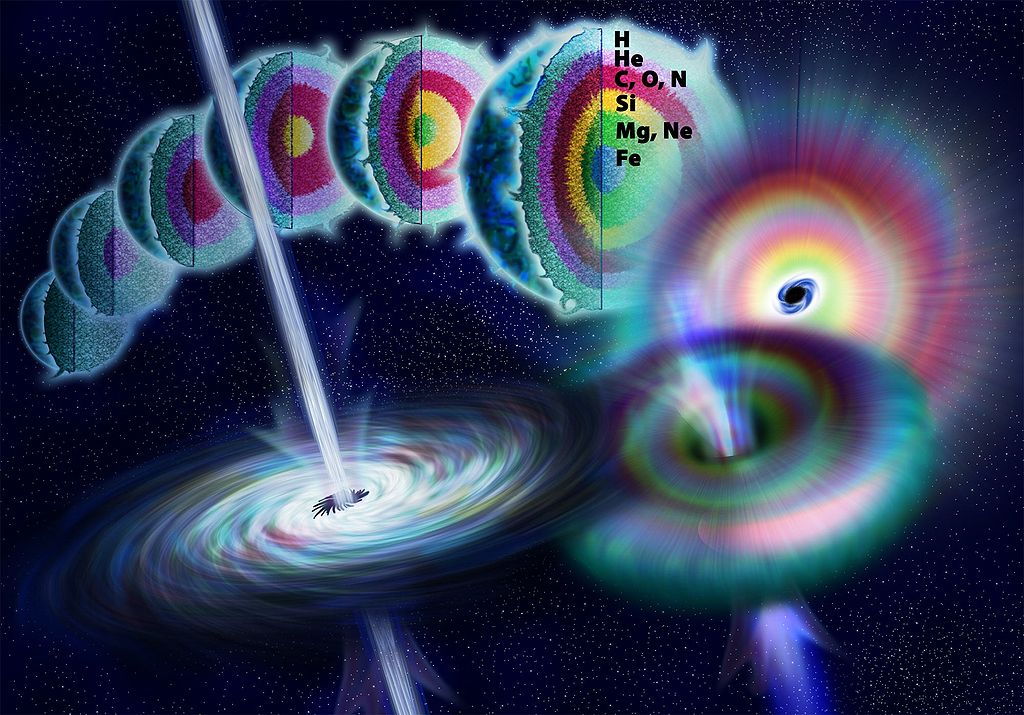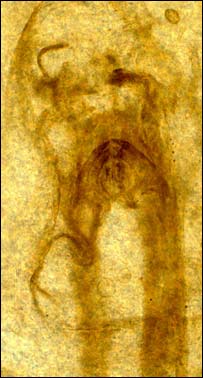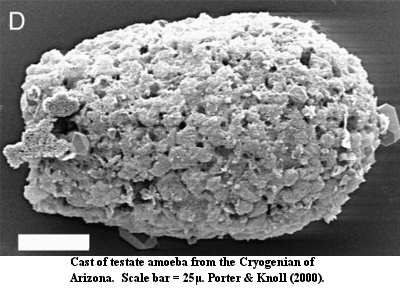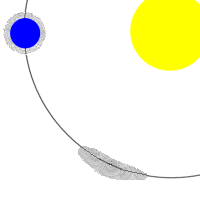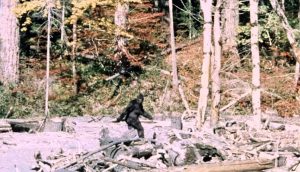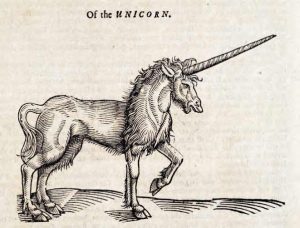A Short Timeline Of Earth
A lot has gone down on this small blue blob of ours since it was first cracked into existence. Our personal speck of grit in the Multiverse managed to throw out something pretty spectacular: life.
It may not have been the only place in the universe that managed to generate life, but so far, evidence for it elsewhere is scant. Then again, we haven’t exactly had a thorough look.
Below is a highly abbreviated version of events on earth according to scientist’s best guesses:
100 years ago: No one reading this had been born yet (more than likely).
150 years ago: Telephone invented – an entry on March 10th 1876 in Alexander Bell’s diary mentions his first successful experiment with the telephone. Although Bell was not necessarily the first person to invent a phone, he was the first to patent it, and where there’s cash, there’s kudos.
180 years ago: Fossil fuel revolution: people got into coal and trains, big time.
570 years ago: Invention of the printing press. At last, promotional fliers were possible.
3,600 years ago: The last mammoth died on Wrangel Island.
5,500 years ago: Invention of the first wheel. Mesopotamians used them for potting. It took another 300 years before the Greeks put them on a chariot).
The first written language popped up, also in Mesopotamia. It was called Sumerian and it lasted a couple of thousand years before being replaced by Akkadian. Sumerian looked like this:
7,600 years ago: Sahara desert starts forming (again) in northern Africa. It was lush rainforests for a while but the monsoon rains moved from the region and took the plants with them.
9,500 years ago: The first cities sprang up in Mesopotamia (now Iran and Iraq), including Ur, Uruk and Eridu, which some consider to be the oldest city. In Sumerian mythology, Eridu was said to be one of the five cities built before the giant deluge occurred.
These are the remains of Eridu:
10,500 years ago: The domestication of cattle is thought to have occurred a couple of times, independently, once in modern day Turkey / Iraq and once in Pakistan.
Wild aurochs (now extinct, see picture below) were slowly bred and rebred and mixed and matched until they produced the docile dolts we have in our fields today.
Hitler actually tried to reverse breed cattle to see if he could get back to the aurochs of old who he respected for being big and scary. He asked Lutz Heck, his mate, to have a try at retro engineering them.
They failed, of course. It doesn’t work like that, however much you want it to. But he did end up breeding a new type of cattle, now called Heck cattle:
10,000 years ago: The Quaternary extinction event. Lots of megafauna are lost for good, including the sabre toothed cats (sad face) and the Chalicotheres who look absolutely stunning:
Chalicotheres spread themselves liberally across North America, Europe, Asia, and Africa until the Quaternary extinction kicked off.
The origin of this particular extinction event is a bit of a mystery, but it’s thought to have been predominantly due to human kill offs and climate change, and possibly some kind of disease.
12,700 – 11,500 years ago: the Younger Dryas – a dramatic cold snap which coated the entirety of Scandinavia in ice.
35,000 years ago: extinction of Homo neanderthalensis. Homo sapiens arrives in Europe.
37,000 years ago: oldest cave paintings – Sulawesi, Indonesia. Other early cave paintings have been found in the Chauvet Cave in France, and in the Coliboaia Cave in Romania at 30-32,000 years old.
45,000 years ago: Cro-Magnon man (first early modern humans) infiltrate Europe. Cro-Magnons were robustly built, strong guys and gals. Their body was heavy and solid with a strong musculature. The forehead was fairly straight rather than sloping like their Neanderthal cousins and with only slight browridges.
100,000 years ago: Homo sapiens arrives in the Middle East.
170,000 years ago: humans started wearing clothes according to a lice DNA study. It is believed this shift may have helped them successfully move to colder climbs.
195,000 years ago: earliest human remains, found near the Ethiopian Kibish Mountains. They are called the Omo remains:
200,000 years ago: first Homo sapiens.
350,000 years ago: first Homo neanderthalensis. Neanderthals were pretty similar to us, their DNA differing by just 0.12%. But, they were bigger than us, including their brains.
450,000 years ago: beginning of the 3rd most recent glacial period – the Kansan glaciation, during which ice sheets reached their maximum extent in the Pleistocene, down to Kansas and Slovakia.
1.4 million years ago: first evidence of firemaking by humans.
1.8 million years ago: first Homo erectus.
2.5 million years ago: first Homo habilis. Beginning of a period of repeated glaciation (loosely speaking, “ice ages”). Homo habilis means “handy man” and he is considered to be the first human species to have made tools.
3 million years: cooling trend causes year-round ice to form at the North Pole.
4.1 million years ago: first known Australopithecus afarensis. The most famous example of this ancient and relatively slender hominid is named Lucy, because when the team found the remains on a dig in Ethiopia, they celebrated by repeatedly listening to Lucy In The Sky With Diamonds, the Beatles song. Paleontologists are weird.
Here’s a cast of Lucy:
6 million years ago: humans split off from other apes (gorillas and chimpanzees).
21 million years ago: apes split off from other monkeys.
24 million years ago: cooling trend causes the formation of grasslands; Antarctica gets its ice covering.
34 million years ago: Gondwanaland finishes breaking up with Australia and South America, separating from Antarctica.
50 million years ago: India begins to collide with Asia at the cracking rate of 15 cm per year, eventually going on to form the Himalayas. The summit of Everest is made of marine limestone from ancient oceans.
67 million years ago: an asteroid hits Mexico, causing the Cretaceous-Paleogene extinction. End of the dinosaurs. Three-quarters of all animal and plant species died out. Bummer.
Many believe this was due to a large meteorite hitting the earth. Possibly at the site now called the Chicxulub crater in the Gulf of Mexico. The following clouds of dust choked the earth and blackened the skies. Neither plants nor animals like it when you can’t see or breath, so many just packed up.
80 million years ago: early mammals were about, like this Deltatheridium:
150 million years ago: archaeopteryx was busy. He was initially discovered in the 1860s and, at that time, was the oldest bird species found in the fossil record. Since then, older bird species have been unearthed.
200 million years ago: Pangaea began to split into separate continents: Gondwana to the south and Laurasia to the north, separated by the Tethys Sea.
205 million years ago: the Triassic-Jurassic extinction. End of large amphibians and many reptiles. At least half of living critters became extinct, leaving some large ecological niches for the dinosaurs to fill.
Why they all died isn’t clear but theories include climate change, asteroid impact and volcanic eruption.
230 million years ago: the first dinosaurs and the first flowers make an appearance.
250 million years ago: the Permian-Triassic extinction. Around 90% of all species died out. It is both the largest extinction event on earth and the only extinction event to have ever impacted insects.
The Permian-Triassic extinction consisted of a number of distinct pulses of death. The earlier ones are thought to have been environmental but the latter are up for debate. Theories include large a large impact event, massive volcanism, coal or gas fires and explosions from the Siberian Traps (a huge seat of ancient volcanic activity), and a runaway greenhouse effect triggered by a sudden release of methane from the sea floor.
300 million years ago: this guy, called Cotylorhynchus, was chillin’:
310 million years ago: early reptiles evolve, like this fella, called Hylonomus:
365 million years ago: the Late Devonian extinction. Marine life was hit hard with an estimated 70% of species saying goodbye for good. The causes of this extinction are unknown because… well… it was ages ago. One theory is a mass anoxia (draining of oxygen) in the seas due to the earth’s cooling.
Prior to the Late Devonian beef, fish had been having a whale of a time (I know whales aren’t fish… no it was not intended) and among other never-to-be-seen-again creatures was this enchanting little guy called a Tiktaalik:
The name Tiktaalik was suggested by Inuit elders of Canada’s Nunavut Territory, where the fossil was discovered. It means “burbot” – a type of cod-like fish.
They are considered to be part of the long chain of species which linked fish and amphibians.
400 million years ago: insects become the first lifeforms to fly through earth’s atmosphere.
415 million years ago: the Old Red Sandstone Continent, also known as Laurussia, is formed by the collision of Baltica and Laurentia at the beginning of the Devonian.
447 million years ago: the Ordovician-Silurian extinction was a big deal. It consisted of two waves of extinction roughly 4 million years apart. Around 60% of marine invertebrates died.
The cause of the carnage is thought to have been the movement of Gondwana into the south polar region. This shift led to global cooling, glaciation and a consequent sea level drop. The falling sea level disrupted or eliminated habitats along the continental shelves. A combination of lowering sea levels and glacially driven cooling are likely to blame for the Ordovician-Silurian extinction.
Another theory of why the extinction kicked off is called the gamma ray burst hypothesis. On its name alone, I am sold. Some believe that as a star collapses in on itself to form a black hole, there is a large amount of gamma ray energy released into space.
This is a diagram I found to explain it; it makes no sense to me but the colours are so trippy I’m inserting it any way:
So, the hypothesis goes that a gamma ray burst originating from a hypernova within 6,000 light years of Earth (in a nearby arm of the Milky Way Galaxy) ripped through earth’s atmosphere.
A ten-second burst would be enough to strip the Earth’s atmosphere of half of its ozone almost immediately. This would have exposed surface-dwelling organisms, including those responsible for planetary photosynthesis, to high levels of ultraviolet radiation. Which they do not like at all.
Apparently, the theory does have some data to back it up, but it’s not the leading theory. I just thought you should know about it because it sounds cool.
480 million years ago: earliest insects gradually evolve from a form of crustacean. This is the earliest confirmed insect fossil. It shows a Rhyniognatha hirsti at around 400 million years back. Can you tell what it is yet?:
Also around this time, terrestrial plants made their first forays onto terra firma.
720-635 million years ago: the Cryogenian Period, also known as Snowball Earth, consisted of the longest and nippiest phases of earth’s life. Glaciers expanded and contracted across the planet’s surface in a series of rhythmic pulses, possibly reaching as far as the equator.
Against all odds, it is from this time frame that we get the earliest fossils of an animal – sponges. Fossils of testate amoeba are also found. Like this:
800 million years ago: the supercontinent Rodinia begins to break up.
1 billion years ago: formation of the supercontinent Rodinia
1.3 billion years ago: first plants.
2.4 billion years ago: the Great Oxidation Event (GOE) – the Earth’s atmosphere gets a mass influx of dioxygen (O2).
Before the GOE, all free oxygen created by cyanobacteria was soaked up by dissolved iron and organic matter. At some point before the GOE, the amount of oxygen exceeded the sucking up capacity and started filling the atmosphere instead.
Another name for the GOE is the oxygen catastrophe, because oxygen was toxic to most life around that time and caused a mass extinction.
3 billion years ago: formation of the first known continent, Ur. Although some think there may have been one that predated it called Vaalbara (3.6-3.1 billion). Rocks that made up Ur are now parts of Africa, Australia and India.
3.8 – 4 billion years ago: the Late Heavy Bombardment – a period during in which the Earth, Moon, Venus and Mars were subjected to a huge increase in hardcore asteroid impacts.
4 billion years ago: first life on Earth appeared and left a permanent stain on a rock in Western Australia that a human picked up and examined at a much later date.
4.5 billion years ago: formation of the Moon – according to the Giant Impact Hypothesis, this happened when Theia collided with proto-Earth. Like so:
4.55 billion years ago: formation of the Solar System.
13.3 billion years ago: reionization – the first stars heat and ionize hydrogen gas.
13.3 – 13.7 billion years ago: the Dark Ages, after the formation of hydrogen and before the first stars.
13.7 billion years ago: the Big Bang or whatever you fancy calling it. The start, any way.


